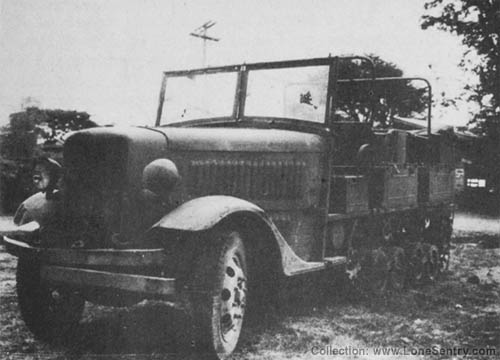| Gun* |
Type of Carriage and Traverse |
Weight of Equipment (lb.) |
Length of Barrel in Calibers |
PROJECTILE |
Remarks |
| Max. Range (yds.) |
Muzzle Vel. (ft./sec.) |
Type** |
Weight (lbs.) |
| 15 cm K. in Mrs. Laf. |
|
|
45 |
26,000 |
2,730 |
H.E. (15 cm K. gr. 18) |
94.6 |
Probably used on platform for coast defense |
| 15 cm K. 18 (149 mm) |
Mod. Box Trail 12° |
28,459 |
55 |
27,040 |
2,840 |
H.E. (15 cm K. gr. 18) |
94.6 |
|
| 15 cm K. 39 (149 mm) |
Split Trail 60° |
27,280 |
55.4 |
27,040 |
2,840 |
H.E. (15 cm K. gr. 18) |
94.6 |
Probably mfd. by Krupp |
| 17 cm K. in Mrs. Laf. 18 |
Mod. Box Trail 16° |
38,500 |
50 |
32,370 |
3,035 |
H.E.B.C. (17 cm K. gr. 38 Hb.) |
138 |
Krupp, Essen |
| 21 cm Mrs. 18 |
Mod. Box Trail 16° |
36,700 |
31 |
18,300 |
1,854 |
H.E. (21 cm gr. 18) |
249 |
Krupp, Essen |
| 21 cm K. 38 |
Field 360° |
78,000 |
50 |
37,200 |
2,870 |
H.E. (21 cm K. gr. 38) |
265 |
360° on platform. Krupp, Essen |
| 21 cm K. 39 |
Field 360° |
74,800 |
45 |
32,800 |
2,620 |
H.E. (21 cm gr. 40) |
278 |
Skoda design |
21 cm K. 39/40
21 cm K. 39/41 |
|
|
|
|
|
|
|
Both reported to be very similar to 21 cm K. 39 |
| 21 cm K. 42 |
|
|
|
37,000 |
2,820 |
|
|
Muzzle brake fitted |
| 24 cm H. 39 |
Field 360° |
59,400 |
28 |
19,700 |
1,970 |
H.E. (24 cm gr. 39) |
365 |
Skoda design similar to 21 cm K. 39 |
| 24 cm H. 39/40 |
|
|
|
|
|
|
|
Later version of 24 cm H. 39 |
| 24 cm K. 3 (238 mm) |
6° |
119,000 |
46
(55?) |
41,000 |
3,248 |
H.E. (24 cm gr. 35) |
331 |
|
| 24 cm K. 18 (238 mm) |
Field 6° |
118,800 |
55 |
40,500 |
3,180 |
|
332 |
Fires splined projectile, Rheinmetal Borsig |
| 28 cm H.L./12 |
Static 360° |
111,000 |
12 |
11,400 |
1,150 |
H.E. (28 cm Spr. gr. L./3.5 m. Bdz.) |
770 |
Uses DeBange Type obturator. Obsolete except for coastal defense |
| 28 cm Kst. H. |
Static 360° |
81,500 |
12 |
12,500 |
1,243 |
H.E. (28 cm Sprgr. L./3.5 m. Bdz.) |
770 |
Similar to 28 cm. H.L./12. Fires same projectile |
| 35.5 cm M. 1 |
Field |
165,000 |
|
21,900 |
1,870 |
Anticoncrete (35.5 cm gr. Be.) |
825 |
|
| 42 cm Gamma Mrs. |
Static 45° |
308,000 |
16 |
15,500 |
1,485 |
Anticoncrete (s. Gr. Be.) |
2,249
2,253 |
Similar to last war equipment |
| 61.5 cm Mrs. |
|
264,000 |
8 |
15,300 |
1,380 |
Anticoncrete (gaschosse L./4.1 für Karl gerät) |
4,400 |
Reported to have an auxiliary 54 cm barrel |
| 15 cm K. (E) |
Rly. 360° |
167,000 |
40 |
25,200 |
2,800 |
H.E. (15 cm K. gr. 18) |
94.6 |
Naval design. Krupp. Same projectile as 15 cm K. 18 |
| 17 cm K. (E) |
Rly. 360° |
176,000 |
40 |
29,200 |
2,870 |
H.E.B.C. (17 cm Sprgr. L./4.7 Kz. m. Hb.) |
138 |
Naval design. Krupp |
| 20 cm K. (E) (203 mm) |
Rly. Turntable 360° |
189,500 |
55 |
40,000 |
3,030 |
H.E.B.C. (20.3 cm Sprgr. L./4.7 m. Hb.) |
247 |
Naval design. Also known as 20 cm S. K. C./34 |
| 21 cm K. 12 (E) |
Rly. |
744,000 |
196 |
131,000 |
5,330 |
H.E.B.C. (21 cm gr. 35 m. Hb.) |
236 |
Splined projectile. Differences are not known |
| 21 cm K. 12V (E) |
Rly. |
|
|
|
|
|
|
|
| 21 cm K. 12N (E) |
Rly. |
|
|
|
|
|
|
Believed to involve an alteration of the rifling |
| 24 cm Th. Br. K (E) (238 mm) |
Rly. 1° |
207,000 |
35 |
22,200 |
2,210 |
H.E.B.C. (24 cm Sprgr. L./4.5 Bdz. u Kz. m. Hb. ung) |
328 |
Sister piece to “Theodor Kanone” |
| 24 cm Th. K. (E) (238 mm) |
Rly. |
209,000 |
40
(48?) |
29,000 |
2,660 |
H.E.B.C. (24 cm Sprgr. L./4.2 m. Bdz. u Kz. m. Hb.) |
330 |
“Theodor Kanone” Naval design |
| 28 cm Ks. Br. K. (E) |
Rly. |
262,000 |
40 |
32,300 |
2,690 |
H.E.B.C. (28 cm Sprgr. L./4.1 Kz. m. Hb.) |
529 |
Naval design. Carriages are believed to be very similar |
| 28 cm lg. Br. K. (E) |
Rly. |
271,000 |
45 |
40,500 |
2,820 |
H.E.B.C. (28 cm Sprgr. L./4.4 m. Bdz. u Kz. m. Hb.) |
626 |
Naval design. Carriages are believed to be very similar |
| 28 cm s. Br. K. (E) |
Rly. |
286,000 |
50 |
40,500 |
2,880 |
H.E.B.C. (28 cm Sprgr. L./4.4 m. Bdz. u Kz. m. Hb.) |
626 |
Naval design. Carriages are believed to be very similar |
| 28 cm Br. N. K. (E) |
Rly. |
330,000 |
|
50,200 |
3,260 |
H.E.B.C. (28 cm Gr. 39 m. Hb.) |
496 |
Probably splined projectile |
| 28 cm K. 5 (E) |
Rly. 1° Turntable 360° |
480,000 |
76 |
63,000 |
3,670 |
H.E.B.C. (28 cm Gr. 35) |
550 |
Weight does not include turntable. Fires splined projectile. Also reported to fire a rocket assisted shell (28 cm R. Gr. L/4.7) with range of 53 miles. |
| 28 cm K. 5/1 (E) |
|
|
|
|
|
H.E.B.C. (28 cm Gr. 42) |
|
Differences from 28 cm K5 are unknown |
| 28 cm K. 5/2 (E) |
|
|
|
|
|
H.E.B.C. (28 cm Gr. 42) |
|
Differences from 28 cm K. 5 are unknown |
| 38 cm Siegfried K. (E) |
Rly. Turntable 360° |
|
55
(52?) |
61,000 |
3,450 |
H.E.B.C. (38 cm Sprgr. L./4.5) (Si) |
1,096 |
Naval design. Also fires a 1,764 lb. shell with maximum range of 46,000 yds. |
| 40 cm K. (E) (406 mm) |
Rly. |
710,000 |
50 |
49,000 |
3,450
2,790 |
H.E. (40 cm gr. 40) |
1,320
2,100 |
Naval design—Adolf. K. |
| 80 cm Gustav Geschütz |
|
2,750,000 |
35 |
51,500 |
|
|
16,700 |
|

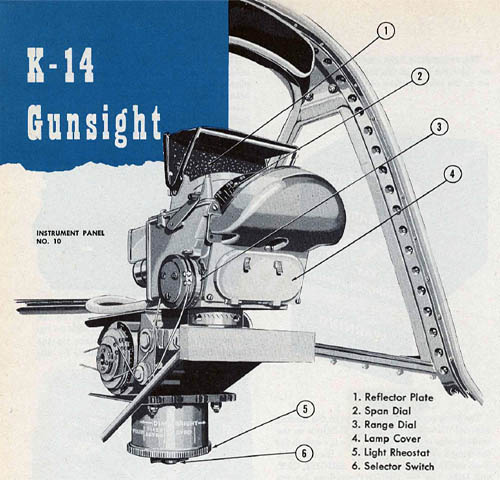
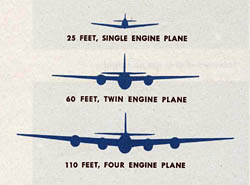
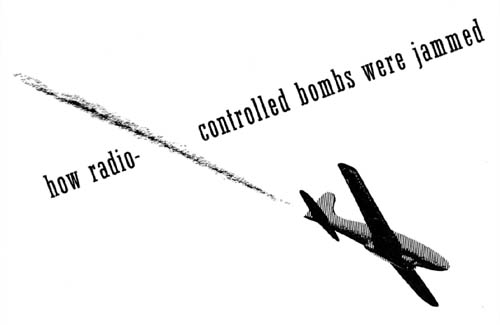
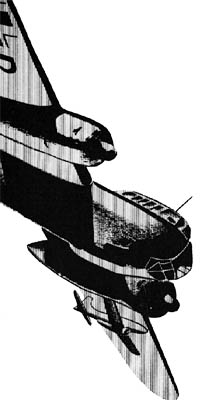
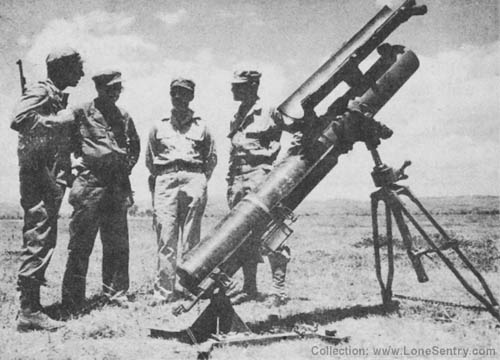
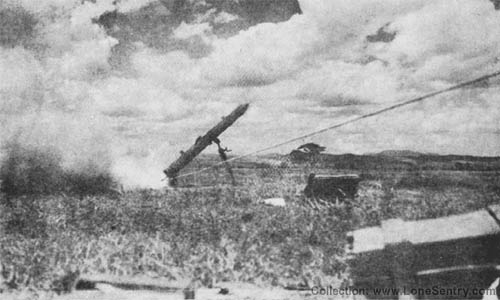
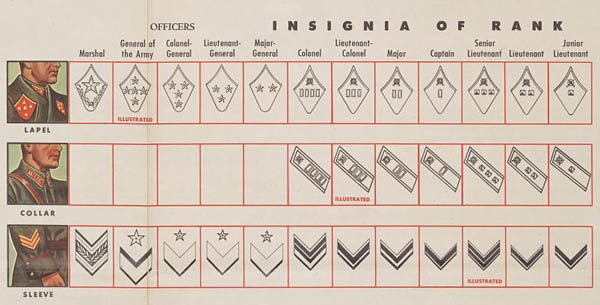
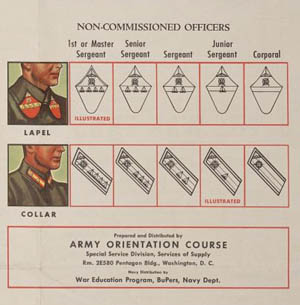
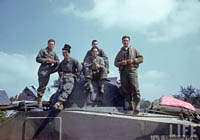
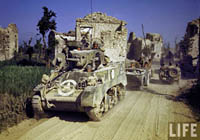
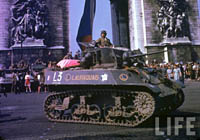
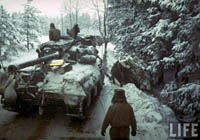
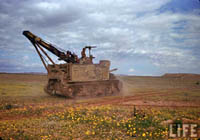
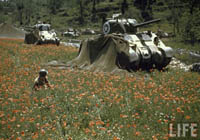
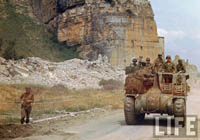

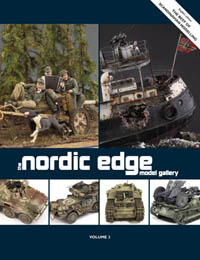 The Nordic Edge Model Gallery, Volume 3
The Nordic Edge Model Gallery, Volume 3